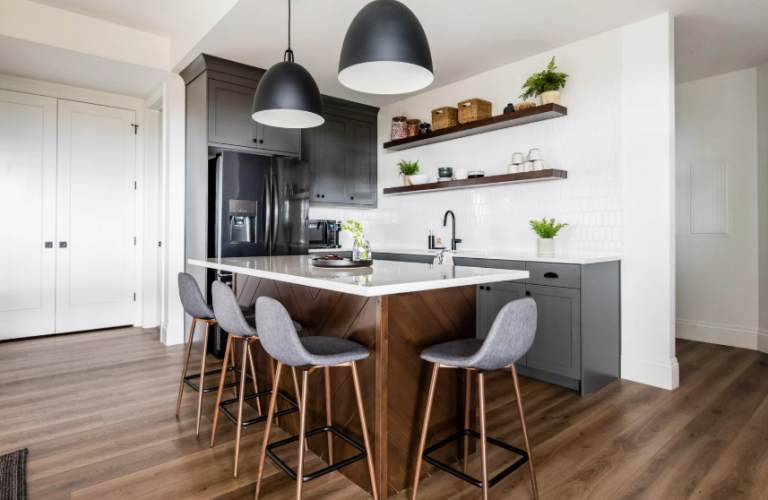As urban environments grow denser and more people embrace minimal, flexible lifestyles, the demand for smart, sustainable storage is rising.
The future of furniture lies not just in aesthetics, but in how it supports the way we live—efficiently, responsibly, and with intention. For architects, interior designers, and urban dwellers alike, rethinking storage is becoming an essential part of modern design.
Why Sustainable Storage Matters
In compact living spaces, every square inch counts. From tiny apartments to multifunctional studios, furniture must work harder—without overwhelming the space.
That’s where sustainable storage solutions shine. These pieces help reduce clutter, improve organization, and promote conscious consumption by encouraging people to own less, but use better.
Materials That Make a Difference
The push toward sustainability means a shift in the materials we choose. Reclaimed wood, recycled metals, FSC-certified timber, and low-VOC finishes are no longer fringe—they’re becoming the norm. These choices reduce environmental impact while maintaining durability and visual appeal.
Design with Dual Purpose
Gone are the days when storage meant clunky wardrobes and plastic bins. Today’s storage solutions are designed to integrate seamlessly into interiors.
From ottomans that lift to reveal hidden compartments to floating shelving systems that double as visual art, brands like Fire Pit Surplus are leading the way with multi-functional furniture that blends style and function.
Modularity as a Core Principle
Modular storage allows users to adapt their space as their needs change. Whether it’s expanding a family, downsizing to a smaller home, or working remotely, modular systems grow and evolve with their users. These setups empower homeowners and designers to build smart from the start—minimizing waste and maximizing flexibility.
Storage That Encourages Intentional Living
Minimalist living doesn’t mean living with nothing—it means living with purpose. Sustainable storage makes that easier by offering thoughtful compartments for what matters most, while gently nudging us to let go of the rest. The result is a home that feels lighter, calmer, and more intentional.
Final Thoughts
The future of furniture is sustainable, smart, and adaptable. As our homes become more dynamic, furniture must do the same.
With brands like InnovDepot offering forward-thinking, space-efficient solutions, architects and designers have the tools to meet the demands of modern living—without compromising on design or environmental responsibility.


